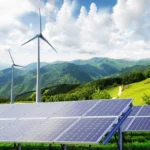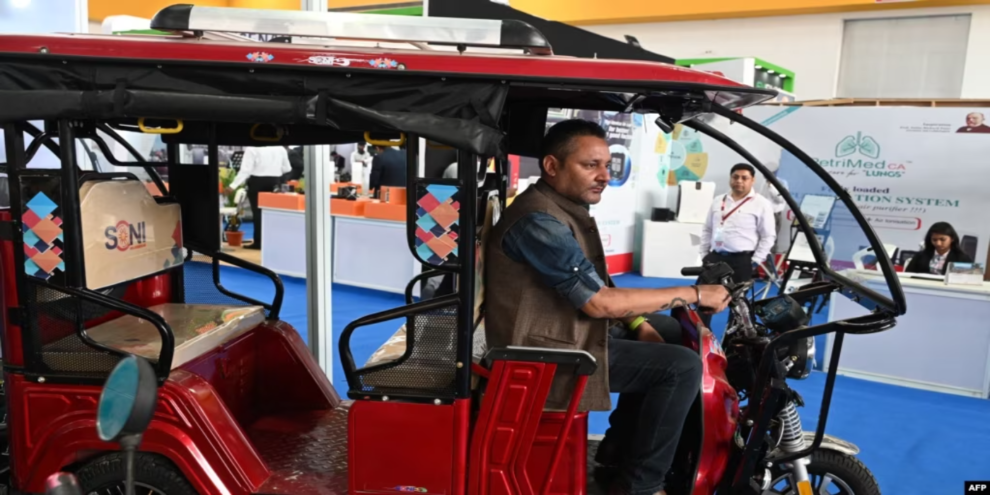NEW DELHI — At bus stops and metro stations in the Indian capital and towns around it, passengers are accustomed to the familiar call by three-wheel electric rickshaw drivers to take an eight-cent, shared ride to their offices, homes or markets.
The ride-hailing trade is flourishing according to the hundreds of rickshaw drivers crowding the streets.
“It is much better than a petrol vehicle. It does not create pollution and it is cheaper to run. After charging, my battery lasts for 80 to 120 kilometers,” said Abdul Alam, as he stood outside a metro station in Gurugram, a business hub, to which thousands of commuters travel daily from New Delhi.
In India, most electric vehicles are not cars, but three wheelers that ferry passengers and deliver goods or two wheelers used for personal mobility. Accounting for 90% of the country’s nearly three million electric vehicles, they are at the forefront of India’s transition to clean transportation.
That is not surprising — in developing countries like India, these vehicles provide an affordable means of transport.
In the case of electric rickshaws, they help decarbonize small trips.
“The market is basically pushing it and it’s taking care of last mile mobility,” according to Moushumi Mohanty, head of Electric Vehicle Technology at the Center for Science and Environment in New Delhi.
Their popularity has grown as subsidies by the federal and state government for manufacturers, along with tax incentives, drive down costs. Spiraling petrol costs in recent years have made them more attractive.
Source : VOA News
















